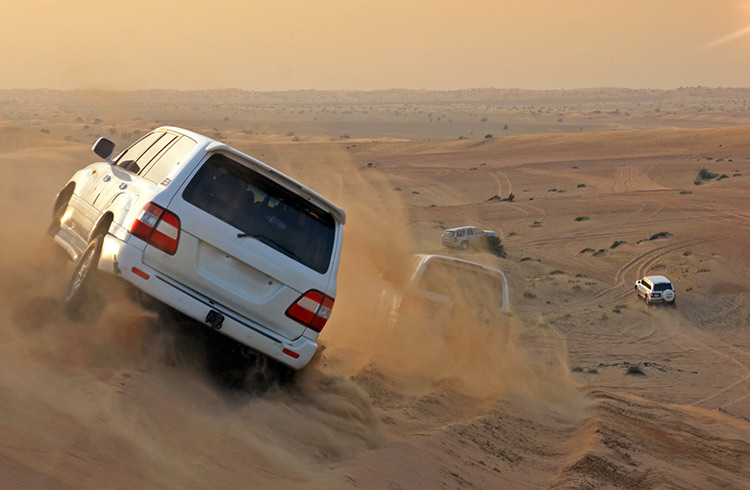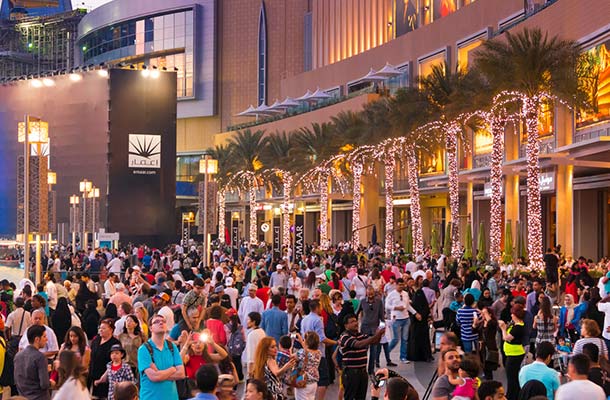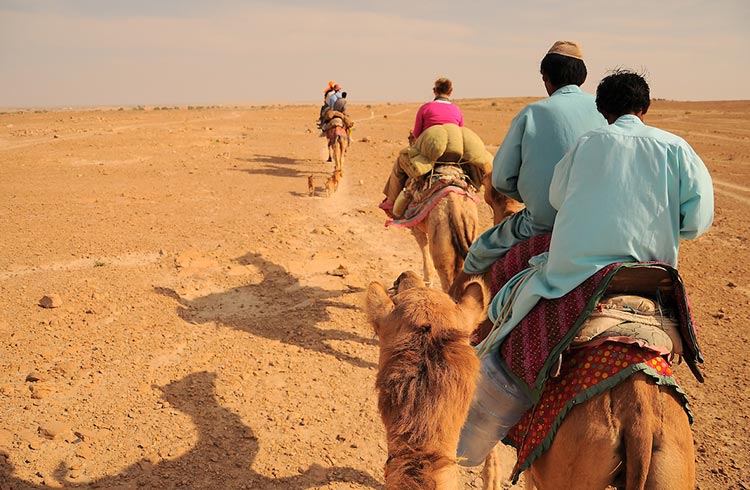Driving in Dubai: Is it Safe to Drive Around the UAE?
Intercity highways in the UAE have unmarked speed bumps, shifting sands and sometimes, camels. Find out how to not collide with a camel (or another driver) with our tips on safe driving in the UAE.
 Photo © Getty Images/visual7
Photo © Getty Images/visual7
Driving in the UAE – is it safe?
World Health Organization statistics suggest the UAE is neither the safest or the most dangerous place to drive. On average, 18 people in every 100,000 die on the roads each year, compared to 3 in the UK and 12 in the US, but consierably lower than numbers from India (22) and Venezuela (33).
Visitors to the UAE can drive as long as they have an international drivers license. You can hire a car if you are 21 or older.
Like most countries, seat belts are mandatory in cars in the UAE, talking on a mobile phone while driving is illegal, as is drinking and driving. The UAE has a zero limit for intoxication, and the penalties for driving under the influence of any alcohol at all can be severe. If you are arrested for drink driving, you can be sent to jail for many days while awaiting a court hearing. The penalty can be heavy fines and in a worst case scenario, imprisonment. For Muslims, even those of non-UAE origin, it can be worse.
Driving is on the right-hand side of the road, and there are variable speed limits. residential roads have a speed limit of between 15 and 25mph (25-40km/h). Speed limits on the Abu Dhabi-Al Ain (E22) and Sheikh Zayed (E11) highways have limits of up to 100km/h (62mph)
While local drivers often speed, drive too close to other cars, use the wrong speeds for the wrong lanes and dangerously change lanes, don't join them. There are speed cameras everywhere.
Local drivers will often flash their lights at cars in front to indicate they want them to move out of the way. Road rage, even rude gestures such as the middle finger salute and swearing, actually can attract significant penalties. So be careful to remain calm at all times.
Look out for lanimals on the road including goats and camels.
If you plan on driving in the desert, camels become a bigger problem. You should make sure that you have a well-maintained, four-wheel drive vehicle, adequate water, and a mobile phone with sufficient reception if you do plan on driving in the desert.
Pedestrians should take great care in the UAE as 25% of road fatalities are pedestrians. A pedestrian crossing is no guarantee that a driver will slow down, nor is a pedestrian on the road a guarantee that a driver will change their course or speed at all. Think what you read above about drivers in the UAE not really being aware that other cars exist, and double that theory for pedestrians.
Despite all of this (or perhaps because of this) road laws in the UAE are quite comprehensive. If you are involved in an accident you must leave the vehicle exactly where it is, even if that's in the middle of the road. Dubai is an exception, where intense traffic means that this would be a major road hazard.
If someone is injured in an accident, the person that caused the accident goes immediately to jail until the injured person is out of hospital. Should someone die in an accident, the person that caused the accident is liable for a US $55,000 dollar fine, called "Daiya" as compensation for the death.
Even minor accidents can involve lengthy litigation where the drivers are prevented from leaving the country, so be very careful when and how you drive, even if no one else is.
You cannot turn right at a red light unless there is a yield sign. Parking is prohibited where the curb is painted yellow and black.
In an emergency call 112.
Related articles
Simple and flexible travel insurance
You can buy at home or while traveling, and claim online from anywhere in the world. With 150+ adventure activities covered and 24/7 emergency assistance.
Get a quote


No Comments